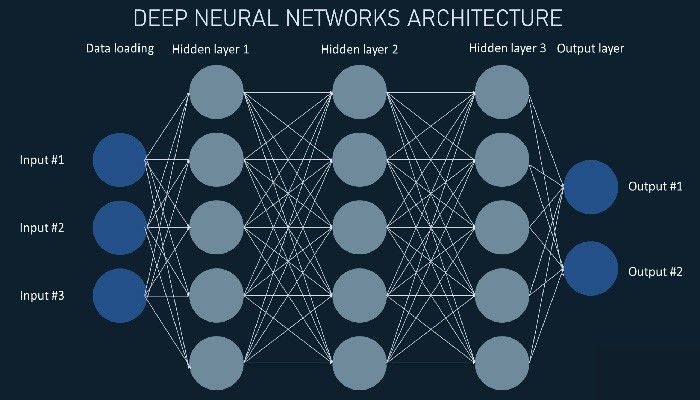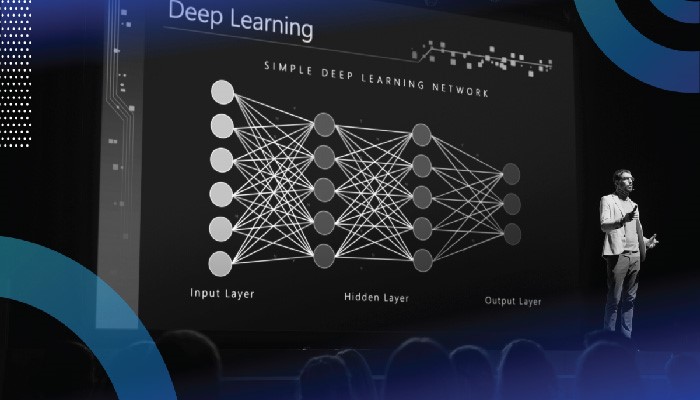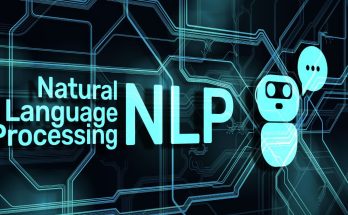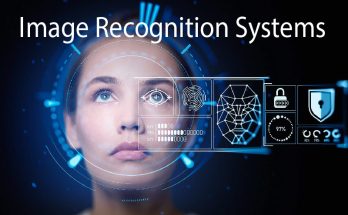Unraveling the Depths of Deep Learning and Neural Networks
We will discuss Depths of Deep Learning and Neural Networks. In the realm of artificial intelligence, deep learning stands as a powerful force, revolutionizing the way machines comprehend and process information. At the heart of this transformative technology lies the intricate architecture of neural networks. This article delves into the depths of deep learning and neural networks, shedding light on their structure, functioning, and real-world applications.

Understanding Deep Learning
The Essence of Deep Learning
Deep learning, a subset of machine learning, is inspired by the human brain’s neural networks. It empowers machines to learn from data, adapt to new information, and make decisions without explicit programming. The depth in deep learning refers to the multiple layers through which data is processed, allowing the model to extract intricate patterns and representations.
Neural Networks: The Building Blocks
At the core of deep learning are artificial neural networks, designed to mimic the interconnected neurons in the human brain. Neurons within each layer are connected by weights, and through a process known as training, these weights are adjusted to optimize the model’s performance.
The Architecture of Neural Networks
Input Layer: Receiving the Signals
The journey of information begins in the input layer, where the neural network receives raw data. Each neuron in this layer represents a feature of the input, be it pixels in an image or words in a text document.
Hidden Layers: Unveiling Complex Patterns
The hidden layers, situated between the input and output layers, are the powerhouse of neural networks. Deep learning owes much of its effectiveness to the depth and complexity of these hidden layers. Neurons in these layers perform intricate mathematical operations, uncovering abstract features and patterns within the data.
Activation Functions: Adding Non-Linearity
Popular activation functions include sigmoid, tanh, and rectified linear unit (ReLU), each offering unique advantages in different scenarios.
Output Layer: Making Predictions
The architecture of this layer depends on the nature of the task – a single neuron for binary classification or multiple neurons for multiclass problems. The output layer transforms the complex computations of the hidden layers into a meaningful result.
Training Neural Networks
Back propagation: Fine-Tuning Weights
Training a neural network involves the iterative process of back propagation. During this phase, the model evaluates its predictions, compares them to the actual outcomes, and adjusts the weights accordingly to minimize the error. This cyclical process continues until the model reaches a level of accuracy deemed satisfactory for the given task.
Over fitting and Regularization: Striking the Balance
One of the challenges in training neural networks is the risk of over fitting, where the model performs exceptionally well on training data but struggles with new, unseen data. Regularization techniques, such as dropout and L1/L2 regularization, help strike a balance by preventing the model from becoming overly complex.
Applications of Neural Networks in the Real World
Computer Vision: Seeing the Unseen
Neural networks have made remarkable strides in computer vision, enabling machines to interpret and understand visual information. Image recognition, object detection, and facial recognition are just a few examples of how neural networks enhance our interaction with visual data.
Natural Language Processing: Conversing with Machines
In the realm of natural language processing (NLP), neural networks have paved the way for more sophisticated language models. From chatbots to language translation, NLP applications leverage the ability of neural networks to grasp the nuances of human language.
Healthcare: Predicting and Diagnosing
Neural networks are transforming healthcare by aiding in disease prediction and diagnosis. From analyzing medical images for early detection to predicting patient outcomes based on electronic health records, these networks contribute significantly to the advancement of medical science.
Autonomous Vehicles: Navigating the Roads
The automotive industry has embraced neural networks to develop autonomous vehicles. These networks process vast amounts of data from sensors, cameras, and radar systems, enabling vehicles to perceive their surroundings and make real-time decisions for safe navigation.
Challenges and Future Directions
Computational Power: A Bottleneck
The effectiveness of deep learning is heavily reliant on computational power. Training complex neural networks demands significant resources, leading to concerns about energy consumption and environmental impact. Ongoing research aims to address these challenges through more efficient algorithms and hardware innovations.
Explain ability: Unraveling the Black Box
The inherent complexity of deep neural networks often makes them appear as “black boxes” with decisions that are challenging to interpret. Ensuring the explain ability of these models is crucial, especially in critical domains like healthcare and finance. Researchers are actively working on developing methods to enhance the interpretability of neural networks.
Advancements on the Horizon
Innovations in neural architecture search, transfer learning, and the integration of unsupervised learning are expected to push the boundaries of what these models can achieve. As technology continues to evolve, so too will our understanding and utilization of neural networks.
Conclusion
Deep learning, powered by the intricate architecture of neural networks, has emerged as a transformative force across various industries. From understanding the fundamentals of neural networks to exploring their real-world applications, this article has delved into the depths of this fascinating field. As computational power advances and researchers continue to unravel the complexities, the future promises even more profound breakthroughs in the realm of artificial intelligence and deep learning.



